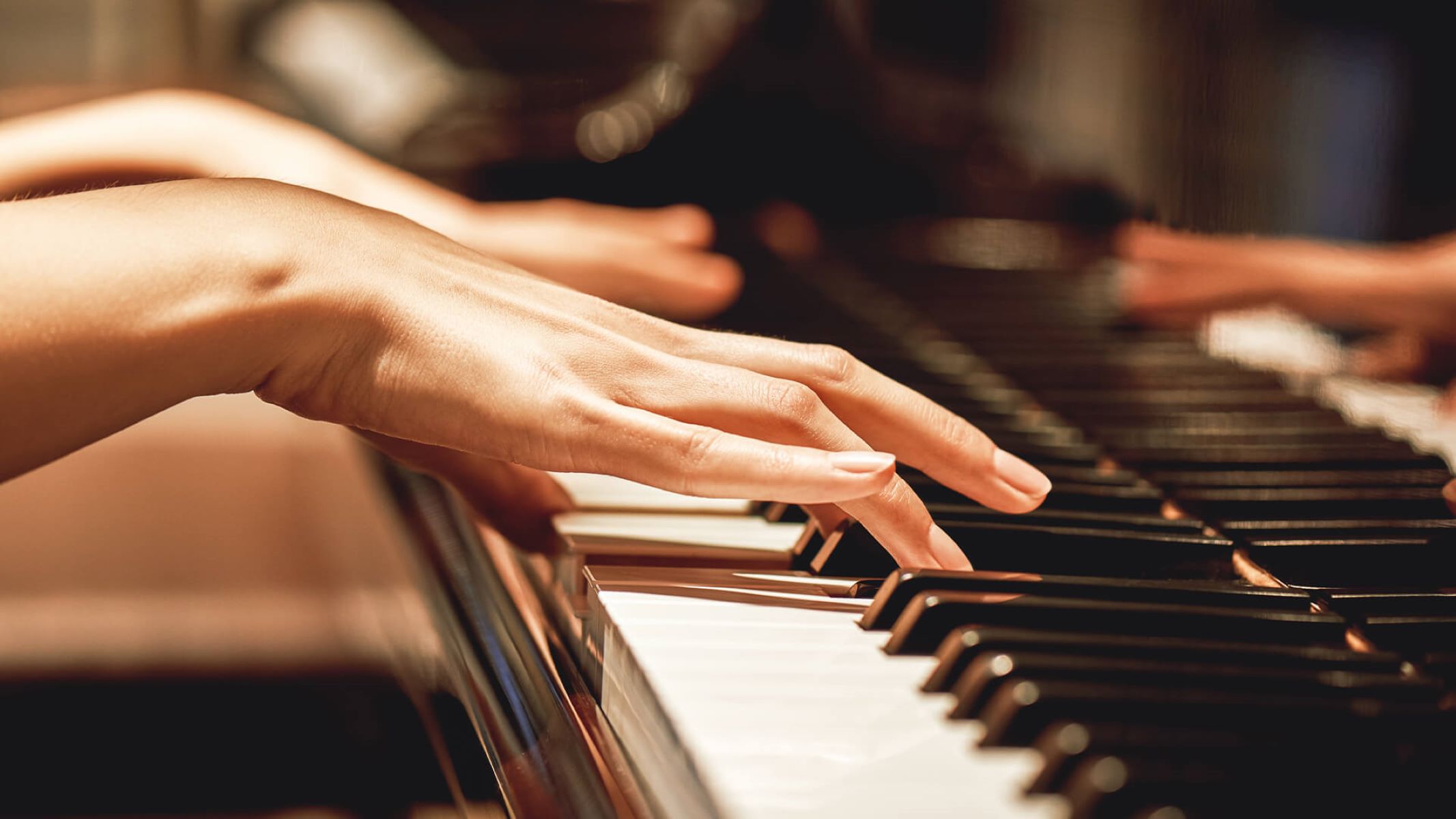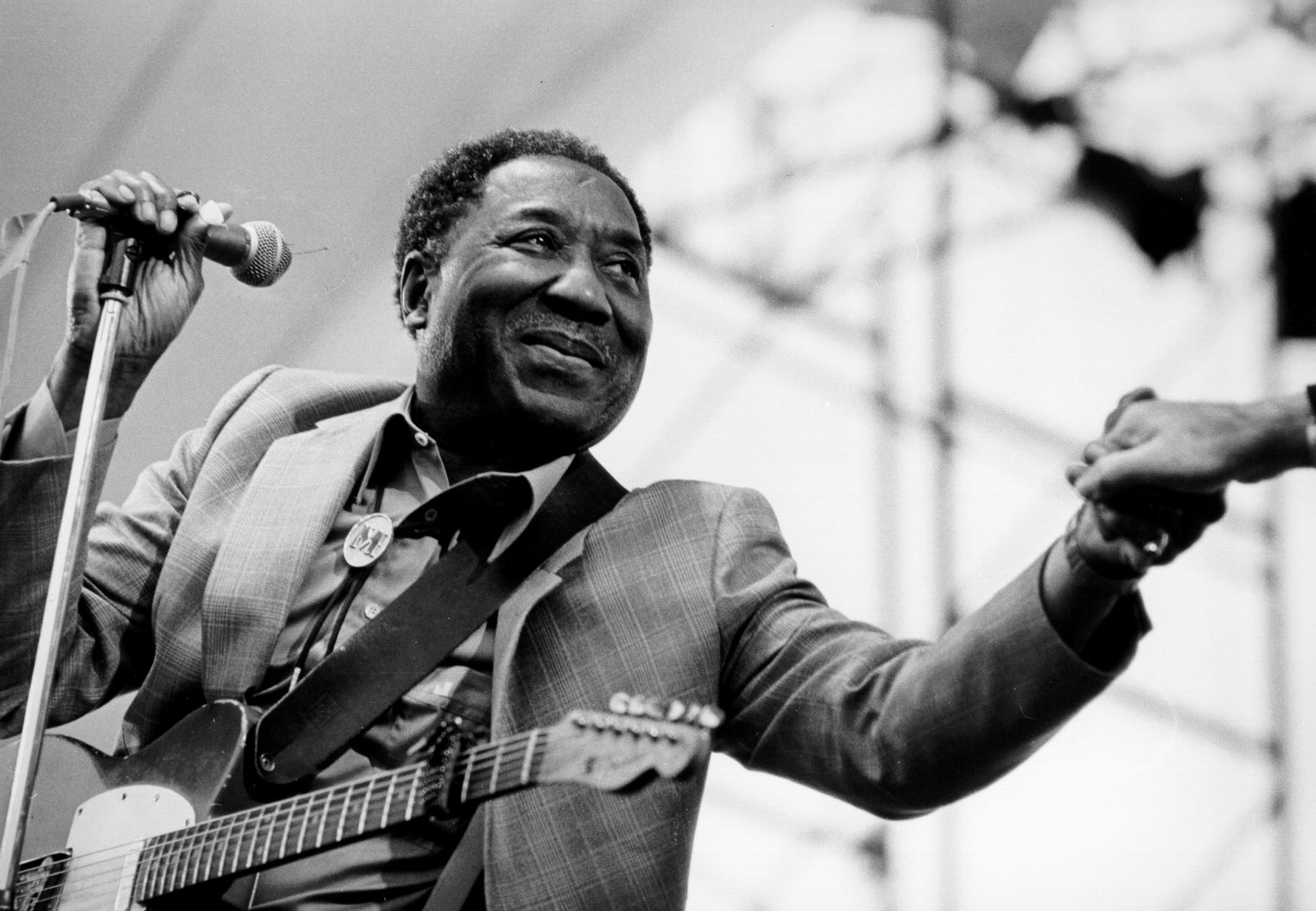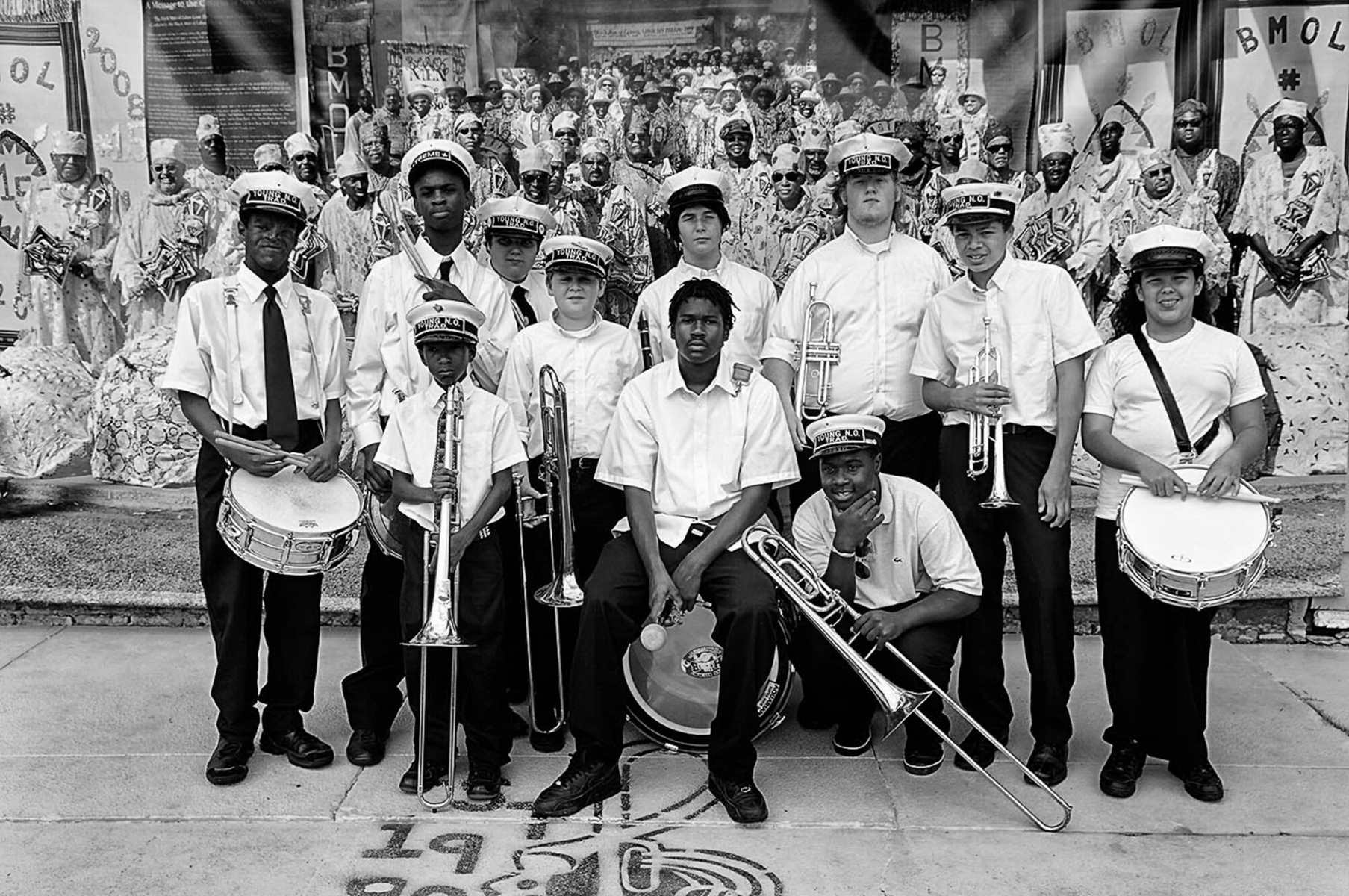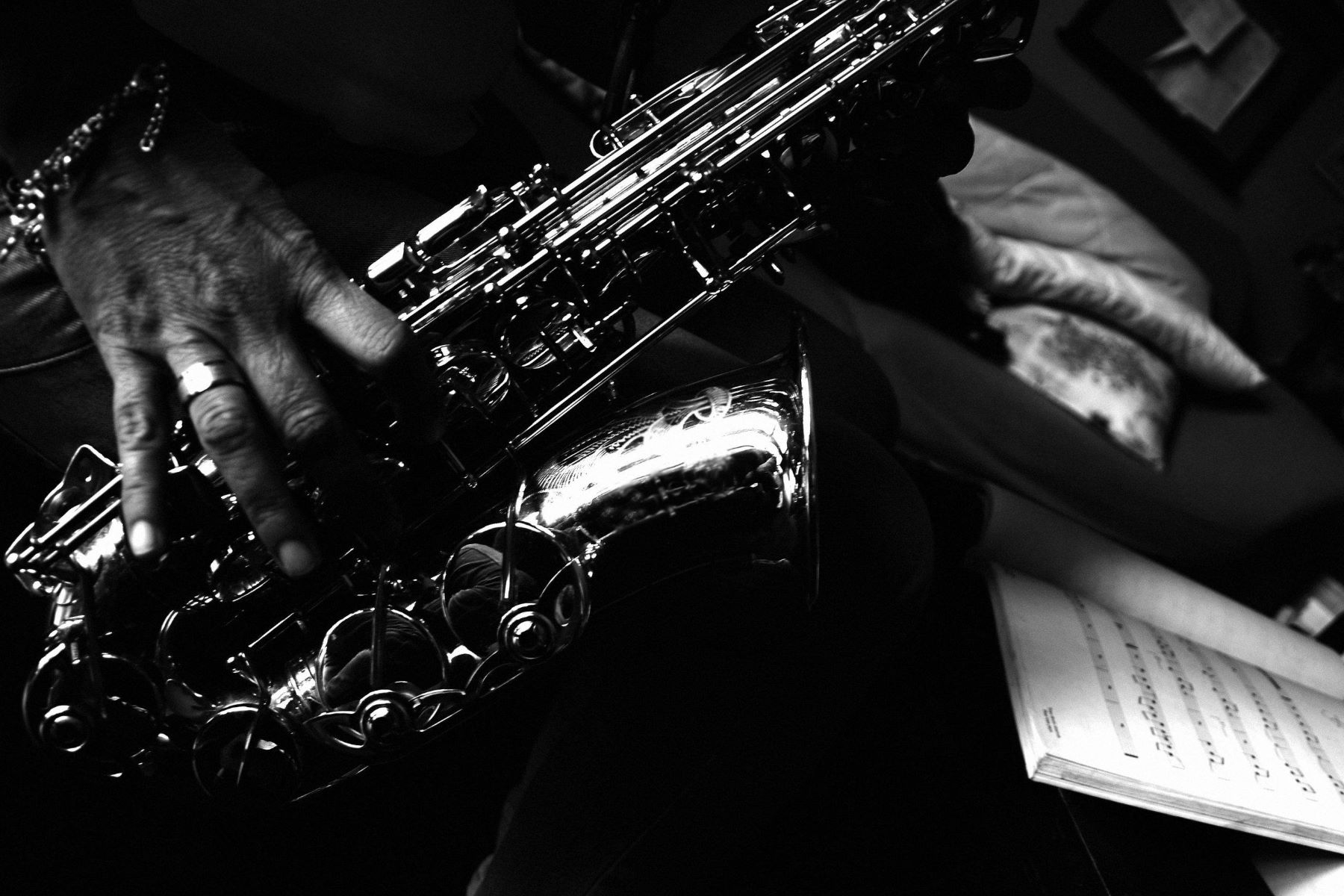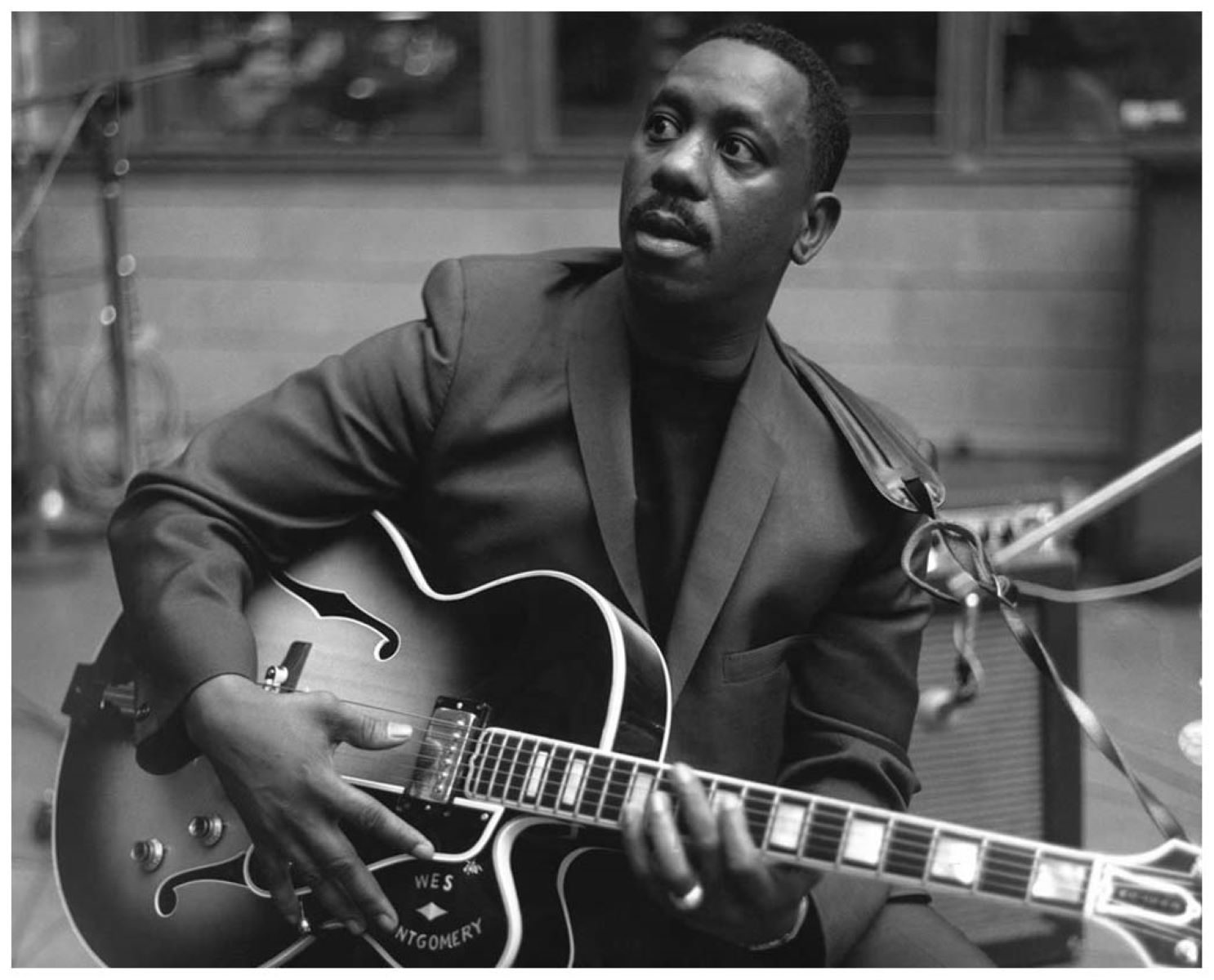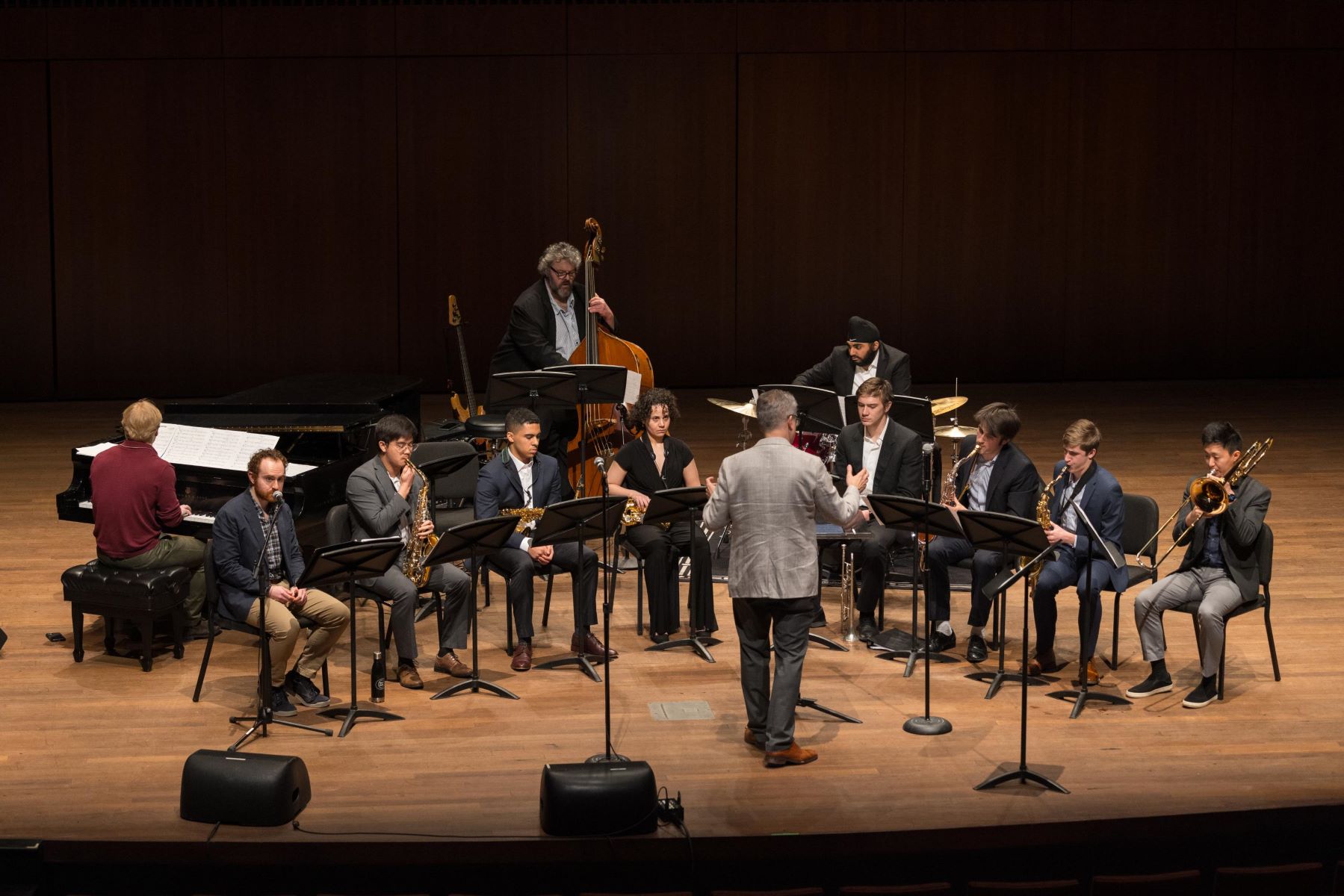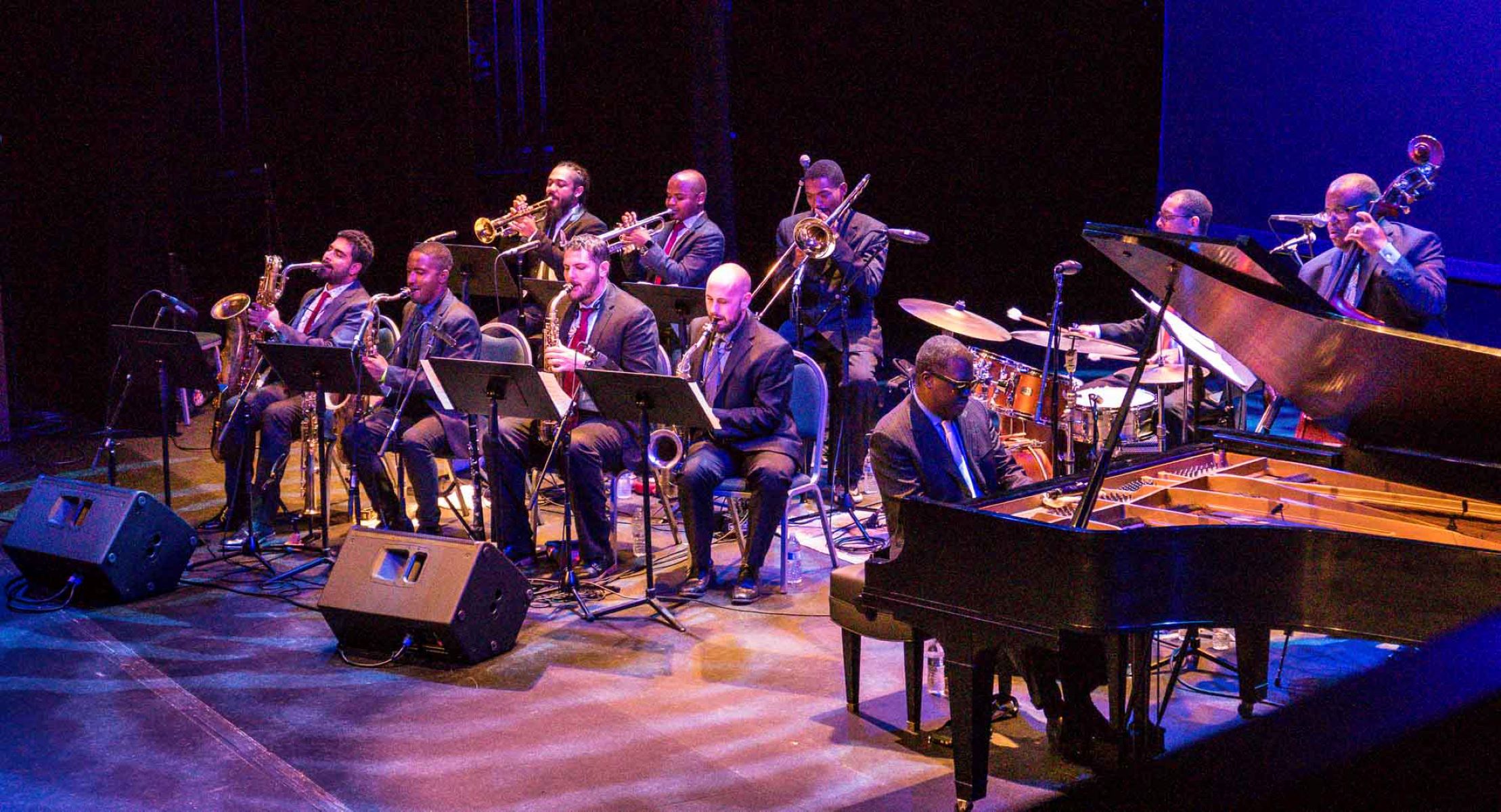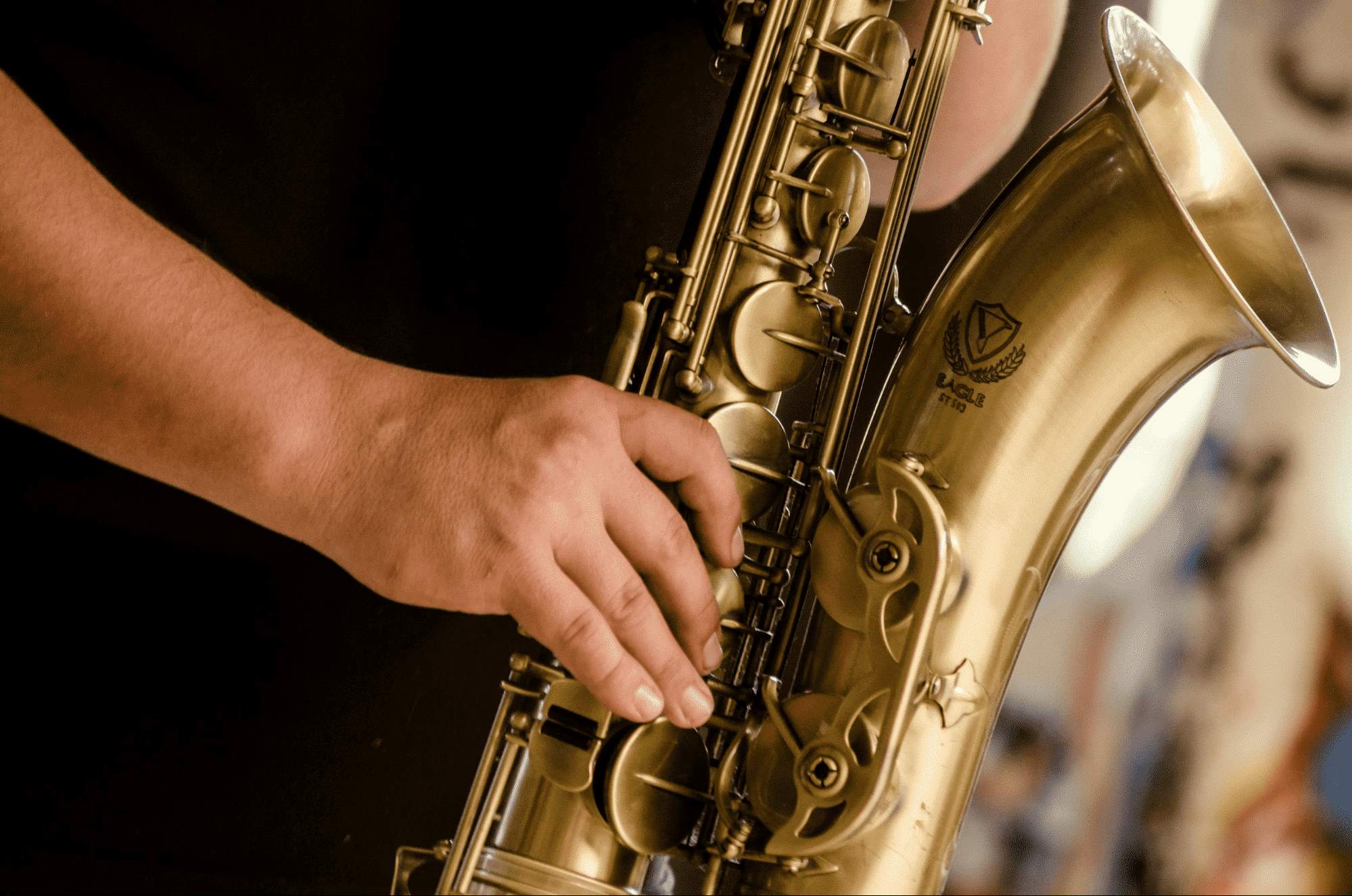Home>Genres>Jazz>What Style Of Piano Playing From The 1900S Was An Influencer Of Jazz
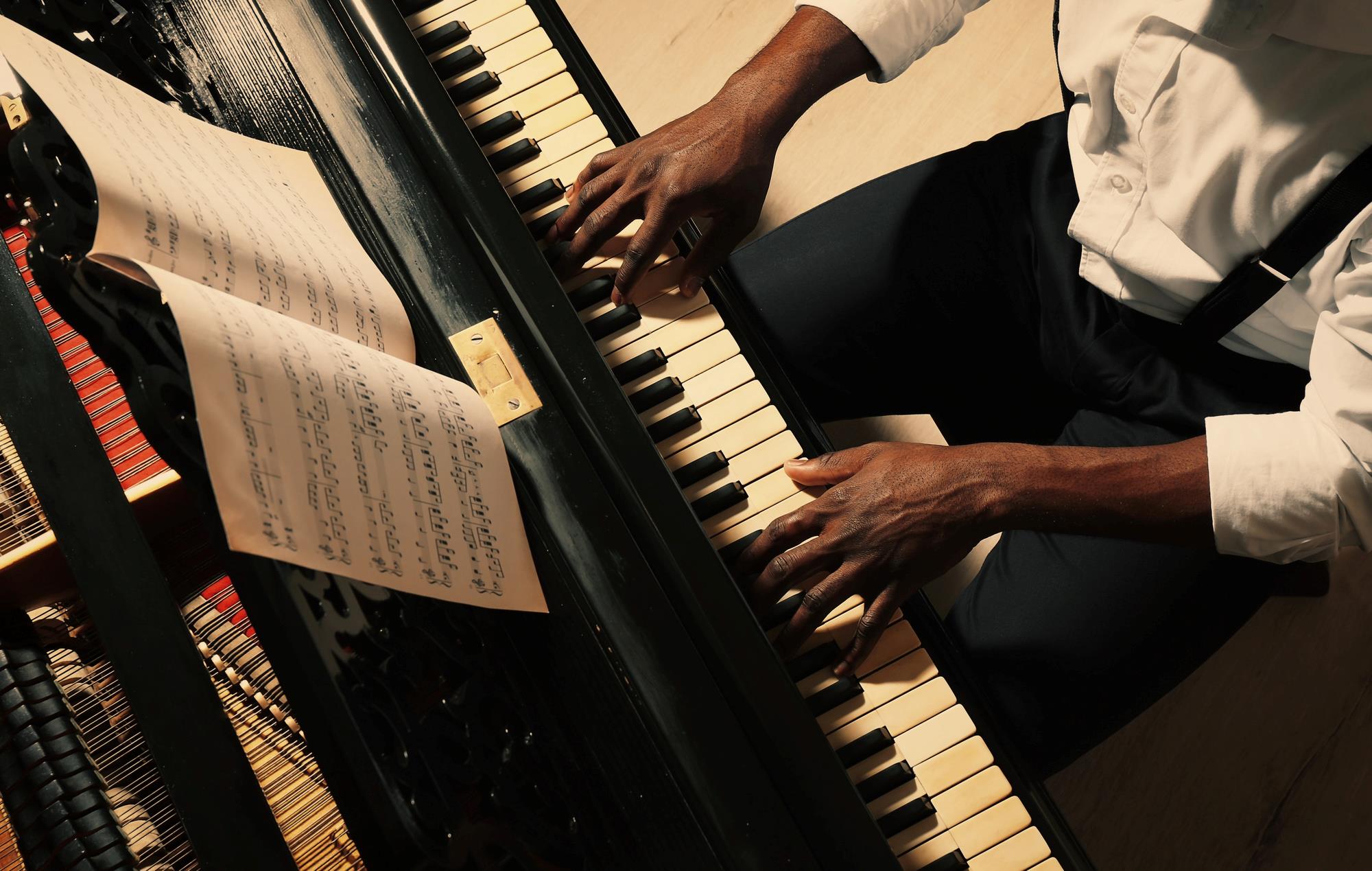

Jazz
What Style Of Piano Playing From The 1900S Was An Influencer Of Jazz
Modified: January 22, 2024
Learn about the influential piano playing style from the 1900s that shaped the evolution of #Jazz music. Discover the artistic techniques and musicians who paved the way for this iconic genre.
(Many of the links in this article redirect to a specific reviewed product. Your purchase of these products through affiliate links helps to generate commission for AudioLover.com, at no extra cost. Learn more)
Introduction
Jazz is a captivating musical genre that has its roots in African American communities in the United States. It emerged in the late 19th century and achieved widespread popularity in the 20th century. One of the defining characteristics of jazz is its improvisational nature, which allows musicians to create unique and spontaneous performances.
A crucial element of jazz music is the piano, which has played a pivotal role in shaping the genre’s evolution. The piano has been used in various styles throughout jazz history, each contributing to the genre’s overall sound and influencing subsequent generations of musicians.
In this article, we will explore the different styles of piano playing from the 1900s that have greatly influenced jazz as we know it today. From the syncopated rhythms of ragtime to the virtuosic techniques of stride piano, each style brings its own flavor and impact to the jazz landscape.
Join us on a journey through time as we delve into the rich history of these influential piano styles and discover how they have shaped the evolution of jazz.
Ragtime
Ragtime is a lively and syncopated piano style that gained popularity in the early 20th century. It originated in African American communities, particularly in the southern states like Missouri and Texas. Ragtime’s distinct rhythmic patterns and lively melodies were highly influential in shaping the early development of jazz.
The term “ragtime” refers to the ragged, or syncopated, rhythms that are characteristic of this style. Syncopation involves shifting the emphasis of a musical phrase away from the strong beats, creating a bouncy and offbeat feel. This rhythmic complexity gives ragtime its unique energy and infectious appeal.
One of the most notable figures in ragtime music is Scott Joplin, often referred to as the “King of Ragtime.” Joplin’s compositions, such as the iconic “Maple Leaf Rag” and “The Entertainer,” exemplify the syncopated melodies and intricate piano playing that defined ragtime.
While ragtime was primarily a solo piano style, it also influenced the development of jazz bands. The syncopated rhythms and melodic improvisation of ragtime were incorporated into early jazz ensembles, contributing to the evolving sound of the genre.
Notable ragtime pianists like Jelly Roll Morton and James P. Johnson further expanded the ragtime tradition, infusing it with elements of blues and jazz. Their innovative playing techniques and improvisation skills helped pave the way for the emergence of new piano styles in the jazz landscape.
Ragtime remains an important part of jazz history, preserving the legacy of early African American musical expression and serving as a foundation for future piano styles in the genre.
Stride Piano
Stride piano is a dynamic and complex piano style that emerged in the early 20th century and reached its peak during the Harlem Renaissance in the 1920s. This style evolved from ragtime and was heavily influenced by stride, a type of left-hand accompaniment characterized by large leaps between bass notes and chords.
Stride piano players displayed incredible technical prowess, combining the rhythmic syncopation of ragtime with a more advanced harmonic approach. The left hand played a steady bass line, alternating between low root notes and mid-range chords, while the right hand delivered virtuosic melodies and improvisations.
One of the pioneers of stride piano was James P. Johnson, who became known as the “Father of Stride Piano.” His influential recordings and compositions, such as “Carolina Shout” and “Charleston,” showcased the power and complexity of the style.
Another legendary stride pianist was Fats Waller, who brought a vibrant and playful energy to the genre. Waller’s compositions, like “Ain’t Misbehavin'” and “Honeysuckle Rose,” are enduring classics that continue to be beloved by jazz enthusiasts.
Stride piano reached its zenith during the stride era of the 1920s and 1930s, with performers pushing boundaries and creating thrilling improvisations. Besides Johnson and Waller, other notable stride pianists include Willie “The Lion” Smith, Mary Lou Williams, and Art Tatum.
The legacy of stride piano lives on in modern jazz, with contemporary pianists paying homage to the tradition while infusing it with their unique style. Stride piano’s blend of technical brilliance, rhythmic intricacy, and improvisation continues to captivate audiences and inspire musicians to this day.
Boogie-Woogie
Boogie-Woogie is a highly energetic piano style that originated in the early 20th century and gained popularity in African American communities, particularly in the southern United States. It is characterized by its driving bass lines, repetitive rhythmic patterns, and infectious groove.
The term “boogie-woogie” itself refers to a specific type of blues piano playing that emphasizes a steady, pulsating rhythm. The left hand plays a repetitive bass pattern while the right hand improvises melodic variations on top.
Boogie-woogie was strongly influenced by the blues and ragtime traditions, incorporating elements of both styles into its lively and rhythmic approach. It became immensely popular during the 1930s and 1940s, with notable boogie-woogie pianists like Meade Lux Lewis, Albert Ammons, and Pete Johnson gaining widespread recognition.
Boogie-woogie found its way into jazz music, influencing the development of swing and jump blues. The infectious and danceable rhythms of boogie-woogie made it a favorite choice for juke joints and dance halls, where people would let loose and groove to the music.
Boogie-woogie piano playing requires technical dexterity and a deep understanding of rhythm and timing. Pianists employ a variety of techniques, including octave jumps, rolling patterns, and rapid-fire improvisation, to create the signature boogie-woogie sound.
The influence of boogie-woogie can still be heard in contemporary piano styles, particularly in rock and roll and blues. Its infectious energy and rhythmic vitality continue to captivate audiences and keep people moving on the dance floor.
Blues Piano
Blues piano is a soulful and expressive style that embodies the essence of the blues genre. It has deep roots in African American musical traditions and is characterized by its emotive melodies, rich harmonies, and soul-stirring improvisations.
Blues piano playing is closely tied to the 12-bar blues structure, a recurring chord progression that serves as the foundation for countless blues songs. The pianist plays chords and improvises melodic lines within this structure, allowing for personal expression and storytelling through music.
The blues is deeply rooted in the African American experience and often reflects themes of struggle, heartbreak, and resilience. Blues piano players use techniques like bending notes, slides, and trills to convey the raw emotions and nuances of the genre.
One of the pioneers of blues piano was W.C. Handy, who composed the iconic blues song “St. Louis Blues” and influenced generations of blues musicians. Other notable blues pianists include Otis Spann, Pinetop Perkins, and Memphis Slim, who brought their unique styles and interpretations to the blues tradition.
Blues piano has served as a crucial influence on other genres, including jazz, rock, and R&B. Many jazz pianists incorporate bluesy elements into their playing, infusing their improvisations with the soulful sounds of the blues. Similarly, rock and R&B pianists draw inspiration from the blues, incorporating its distinctive feel and phrasing into their compositions.
Blues piano remains a vital and enduring style, cherished for its ability to evoke deep emotion and connect with audiences on a profound level. It continues to be a powerful force in the world of music, carrying the legacy of the blues tradition forward.
Barrelhouse Piano
Barrelhouse piano is a rollicking and boisterous style that emerged in the early 20th century, originating in the African American communities of the southern United States. It is characterized by its lively rhythms, driving bass lines, and exuberant melodies.
The term “barrelhouse” refers to the informal establishments, often located near dockyards or railroad stations, where early African American musicians would gather to perform and entertain. These venues were often associated with the sale and consumption of alcohol, providing a lively and vibrant atmosphere for musicians to showcase their talents.
Barrelhouse piano playing is marked by its syncopated rhythms, dense chords, and spirited improvisation. Pianists would create an infectious groove, compelling audiences to dance and let loose in the lively atmosphere of the barrelhouse.
Notable barrelhouse pianists include Speckled Red, who blended boogie-woogie and ragtime into his performances, and Cow Cow Davenport, known for his virtuosic and dynamic playing style. These musicians brought a unique energy and vibrancy to their performances, leaving an indelible mark on the evolution of jazz and blues.
Barrelhouse piano heavily influenced the boogie-woogie style and served as a precursor to the swing era. Its lively rhythms and spirited improvisations laid the foundation for the exuberant and infectious sounds that would come to define these later styles.
While the popularity of barrelhouse piano waned over time, its impact on American music cannot be overstated. Its energetic and lively nature continues to inspire musicians and audiences, keeping the spirit of the barrelhouse alive.
Conclusion
The piano has played a crucial role in shaping the evolution of jazz music. From the syncopated rhythms of ragtime to the energetic improvisations of boogie-woogie, each style has left an indelible mark on the genre’s rich history.
Ragtime laid the foundation for jazz with its lively melodies and syncopated rhythms, while stride piano introduced complex harmonies and virtuosic technique. Boogie-woogie brought infectious grooves and pulsating bass lines to the forefront, and blues piano expressed the raw emotions and storytelling of the genre.
Through the barrelhouses and juke joints, these piano styles became a defining element of early jazz and influenced subsequent generations of musicians. They provided the foundation for later piano-based genres like swing, jump blues, and rock and roll.
Today, the influence of these piano styles can still be heard in contemporary jazz and popular music. Pianists continue to draw inspiration from the rich tradition of ragtime, stride, boogie-woogie, and blues as they create their unique musical expressions.
As we explore the history of jazz piano, we gain a deeper appreciation for the artistry and innovation of the musicians who shaped the genre. Their creative contributions have left an enduring legacy, captivating audiences and inspiring generations of aspiring pianists.
So, the next time you listen to a jazz piano piece, remember the diverse range of styles that have influenced its creation. From the syncopated rhythms of ragtime to the emotive melodies of blues, the legacy of these piano styles lives on in the vibrant and ever-evolving world of jazz music.

